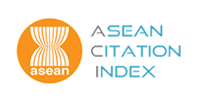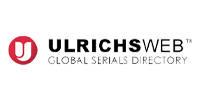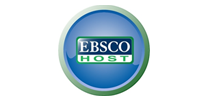Hardness Optimization Using Takeuchi and ANOVA Method for Al2O3 Nano-Coating by PLD Systems
DOI:
https://doi.org/10.58915/ijneam.v18iJune.2363Keywords:
PLD, Hardness, Al2O3 Nano-coating, Taguchi method, ANOVA, DOE, Regression equationAbstract
In this work, the hardness of aluminum oxide thin film was optimized using the pulsed laser deposition technique. The optimization process involved designing experiments based on more than one variable, rather than using the traditional one-variable-at-a-time (OVAT) method, which is less reliable and requires more effort and time to achieve the required optimization, or may be highly susceptible to failure. Three levels of Taguchi were defined for two inputs that were changed simultaneously. These values were 700, 800, and 900 mJ for the laser energy and 100, 200, and 300 for the number of laser pulses. The nano-indentation technology of hardness test was examined nine experiments. The nano-indentation technology showed that the hardness of the thin film decreased from 38.34 GPa to 14.17 GPa with an increase in the laser pulse energy from (700 mJ, 100) to (900 mJ, 300). The optimum case for the greatest response appeared at 38.34 GPa. The design of the experiments based on the Taguchi method aims to reduce the discrepancy between the conditions that cannot be controlled and the conditions that are beyond our control and unknowable, thus giving a high-quality product. Analysis of variance (ANOVA) showed that the number of pulses has the most effective variable on the hardness of aluminum oxide thin film by 81.254%. The regression equation was found to show the relationship between hardness and the variables of aluminum oxide thin film prepared by PLD.

















